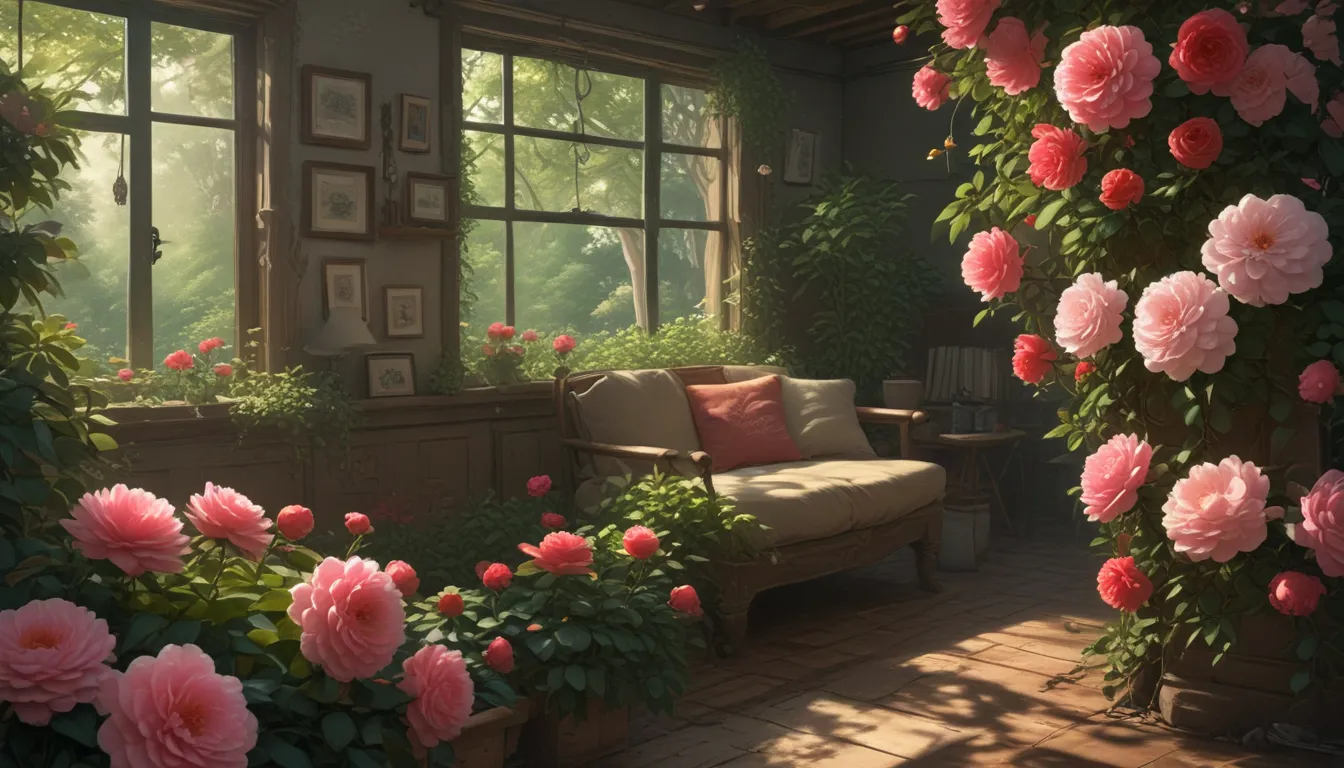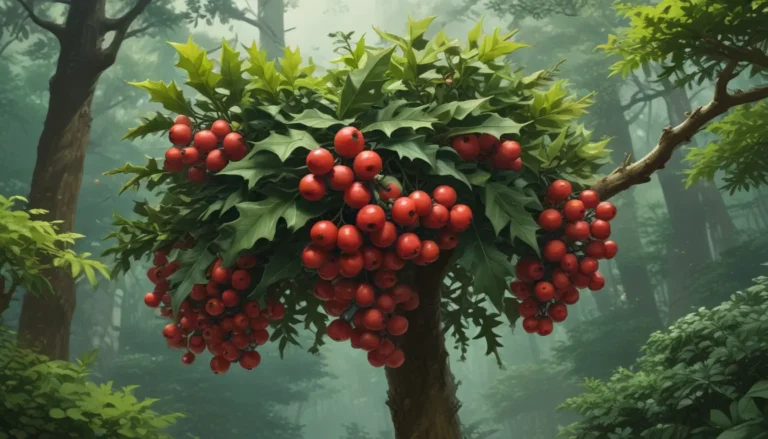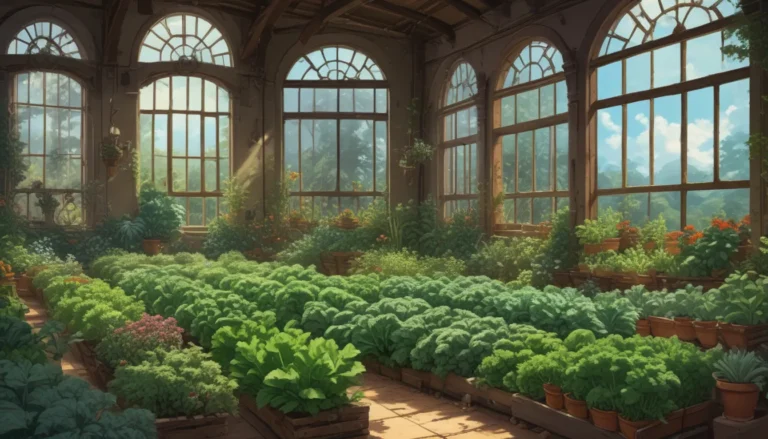Troubleshooting Your Camellia Blooms: Tips for a Flourishing Garden

As a gardener, you know the joy that colorful blooms can bring to your garden. Camellias are a popular choice for many due to their winter and early spring flowering. However, you may find yourself frustrated if your camellias fail to bloom as expected. But fear not, there are solutions to help you troubleshoot why your camellias may not be producing those beautiful blossoms.
Reasons Behind Camellias Failing to Bloom
- Alkaline Soil: Camellias prefer slightly acidic soil with a pH between 5.8 and 6.5. If your soil is too alkaline, it can hinder the plant’s ability to absorb nutrients, resulting in a lack of flowers.
- Bud Blast: Extreme cold snaps can cause bud blast, where delicate buds are destroyed before they can bloom.
- Fertilizer Issues: Testing your soil regularly is crucial to ensure your plants are getting the right nutrients without overfeeding.
- Not Enough Water: Consistent irrigation, especially during late summer when buds are developing, is essential for camellias to bloom.
- Pruning at the Wrong Time: Pruning at the wrong time can remove developing flower buds, impacting blooming.
- Too Much Shade: Insufficient sunlight can lead to sparse growth and a lack of blooming in camellias.
- Young Plants: Camellias under five years old may not bloom, so patience is key.
Solutions for Blooming Camellias
Let’s delve deeper into each issue and explore how you can resolve it effectively:
- Alkaline Soil:
- Test your soil pH to determine acidity levels.
- Use aluminum sulfate to reduce soil pH gradually.
-
Monitor and adjust soil pH regularly to support blooming.
-
Bud Blast:
- Protect plants during cold snaps with coverings.
-
Opt for winter-blooming cultivars less susceptible to bud blast.
-
Fertilizer Issues:
- Test soil to identify nutrient deficiencies.
- Feed plants with targeted fertilizers or high-quality compost.
-
Avoid overfeeding to prevent nutrient imbalances.
-
Not Enough Water:
- Ensure consistent irrigation, especially in late summer.
-
Use a soil moisture meter for accurate watering.
-
Pruning at the Wrong Time:
-
Prune camellias after flowering to avoid removing developing buds.
-
Too Much Shade:
-
Monitor sunlight exposure and adjust plant placement accordingly.
-
Young Plants:
- Be patient with young camellias as they may not bloom until they mature.
Tips for a Blooming Success
Ensuring your camellias thrive and bloom requires attention to detail and care. Here are some additional tips to help you achieve blooming success:
- Regular Testing: Test your soil regularly to maintain optimal growing conditions for your plants.
- Proper Pruning: Prune your camellias after flowering to avoid bud removal.
- Sunlight Exposure: Ensure your plants receive adequate sunlight for healthy growth and blooming.
- Consistent Watering: Maintain consistent irrigation to support bud development and blooming.
- Nutrient Balance: Feed your plants with the right nutrients to support healthy growth and blossoming.
By addressing these factors and following these tips, you can enhance the blooming of your camellias and enjoy a garden filled with vibrant colors and lush foliage. Remember, patience and care are key to cultivating a flourishing garden.
If you found this troubleshooting guide helpful, share your experiences and insights in the comments below. Let’s cultivate thriving camellias together!
For more in-depth guides on growing camellias, check out these resources:
– How to Grow Camellias in Containers
– Identifying and Treating Common Camellia Diseases
– Beautiful Camellia Varieties to Grow at Home
– Dealing with Ants on Camellia Flowers
*Images Courtesy of Kristine Lofgren





